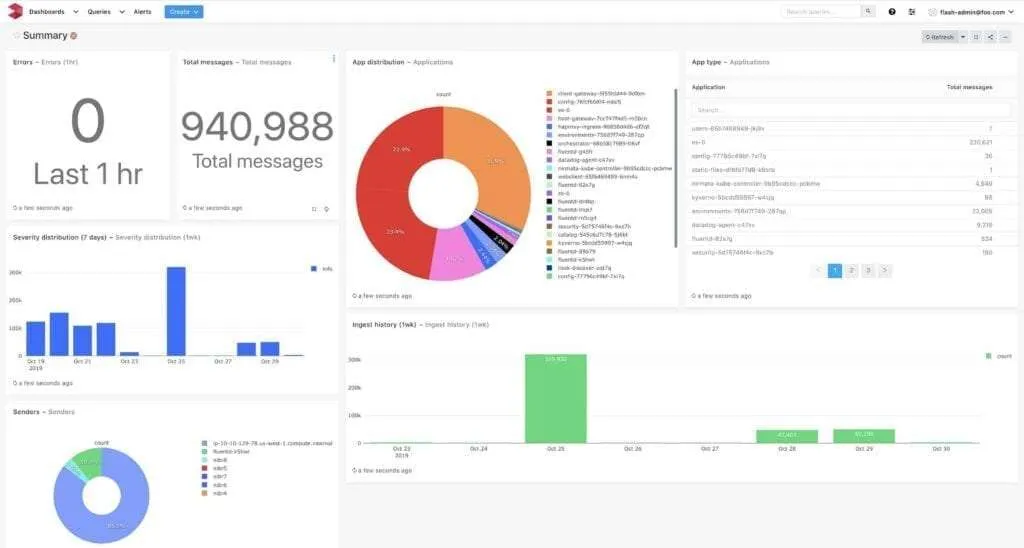The growth in information architecture has urged many IT technologies to adopt cloud services and grow over time. Microservices have been the frontrunner in this regard and have grown exponentially in their popularity for designing diverse applications to be independently deployable services.
Trivia: In a survey by O’Reilly, over 50% of respondents said that more than 50% of new development in their organization utilizes microservices.
Using isolated modules, microservices in the Cloud stray away from using monolithic systems, where an entire application could fail due to a single error in a module. This provides developers with much broader flexibility for editing and deploying customizable codes without worrying about affecting separate modules.
However, this approach brings along unique challenges when there is an accidental introduction of bugs. Debugging microservices in the Cloud can be a daunting task due to the complexity of the information architecture and the transition from the development phase to the production phase.
Let’s explore what these challenges are and how you can seamlessly navigate around them.
Challenges in Debugging Microservices
Inadequacy in Tracing and Observability
The growth in the demand for microservices brings along complex infrastructures. Every cloud component, module, and serverless calls often conceal the infrastructure’s actual intricacy, making it difficult for DevOps and operations teams to trace and observe the microservice’s internal state, based on the outputs. Microservices running independently makes it especially difficult to track any user requests existing in the asynchronous modules, which might cause a chain-reproduction of errors. It also means that detecting services that are interacting with each other might become susceptible to these errors too. These factors make pinpointing the root cause of any error or bug a daunting task for developers.
Monitoring State in a Sophisticated Environment
Since many microservices come together to build a system, it becomes complicated to monitor its state. As more microservice components add to the system, a complex mesh of services develops with each module running independently. This also brings forth the possibility that any module can fail anytime, without affecting other modules.
Developers can find it extremely hard to debug errors in some particular microservices. Each of them can be coded in a different programming language, have unique logging functions, and are mostly independent of other components.
Development to production can be irregular
It is also unpredictable for developers to monitor the performance and state errors when moving the codes from the development phase to the production phase. We can’t predict how the code will perform when it processes hundreds of thousands of requests on distributed servers, even after integration and unit testing. If the code scales inadequately or if the database isn’t able to process the requests, it’ll make it almost cryptic for developers to detect the system’s underlying error.
Methods for Debugging Microservices in the Cloud
Here are some microservices-specific debugging methods, which can help you in navigating around the challenges mentioned below:
Non-Intrusive Debugging Options
Unlike traditional debugging methods, third-party tools can help the DevOps teams set breakpoints that don’t affect the debugging process’s execution by halting or pausing the service. These methods are non-intrusive and allow the developers to view global variables and stack traces, which helps them monitor and detect bugs more efficiently. It also allows the developers to test hypotheticals about where the issues might arise without halting the code or redeploying their codebase.
Observability Enhancing Tools
Any system with a multitude of microservices makes it extremely difficult to track requests. While you might think that building a customized platform for observability might be the answer to this issue, it would consume a lot of time and resources in its development.
Fortunately, many modern, third-party tools are designed to track requests and provide extensive observability for microservices. These tools come packed with many other benefits, such as distributed and serverless computing capabilities.

For instance, tools like Thundra can help you monitor user requests that are moving through your infrastructure during production, assisting developers in getting a holistic overview of the coding environment, pinpointing the source of bugs, and debugging it quickly.
Self-Governed Exception Tracking
It’s an uphill battle for a system to realize that there is an error or bug in the first place. The system must automatically track any exceptions as they occur, thereby helping the system identify repetitive patterns or destructive behaviors like leap year error, errors in a specific version of the browser, odd stack overflows, and much more.
However, capturing these errors is only half the battle won. The system also needs to track variables and logs for pinpointing the time and conditions under which the error occurred. This helps the developers in replicating the situation and finding the most effective solution to remove the error. Comprehensive monitoring can significantly simplify the process of debugging in production.
Debugging in the Cloud Doesn’t Have to be Hard.
With modern microservices, debugging can be a very complex process for anyone. The ability to trace user requests and predicting how well the code can scale is very complicated. However, modern tools can make it easier for developers to monitor, detect, and resolve errors. Apica is a one-stop-shop for microservices monitoring and observability, that lets you leverage the power of machine data analytics for infrastructures and applications on a single platform.
Microservice architectures are designed to be quickly deployable, and with the right set of tools, debugging becomes much simpler for the developers.










